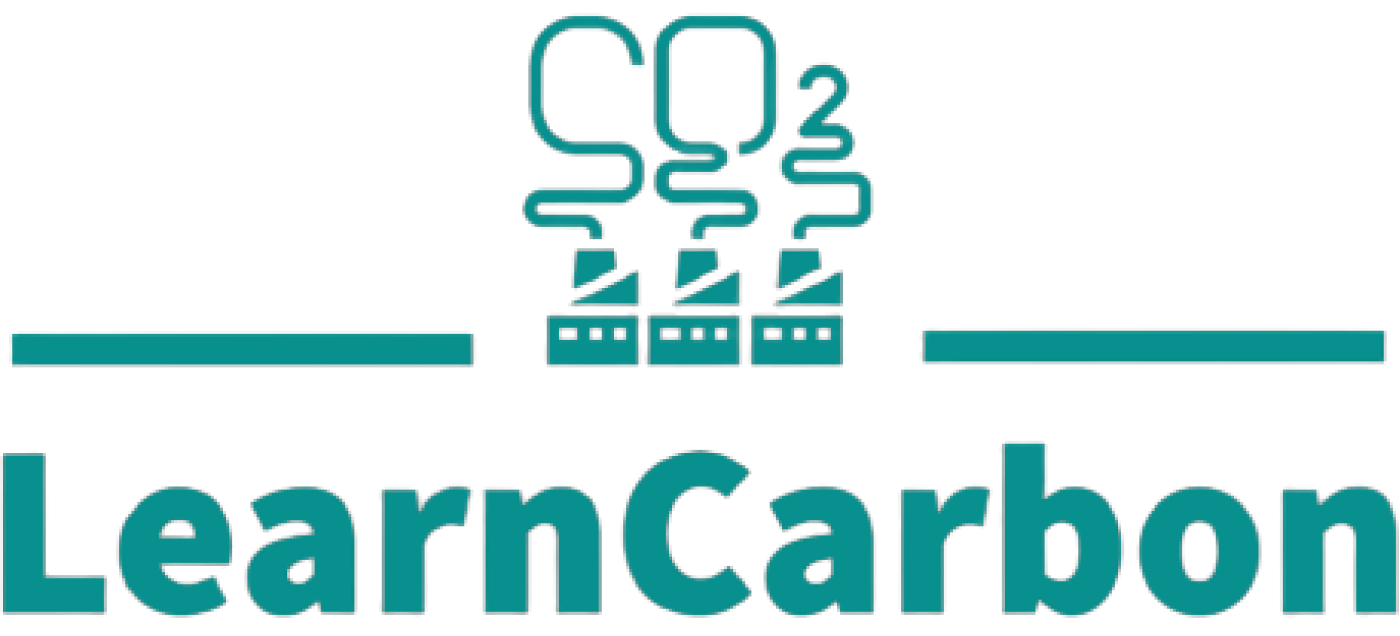
Empower the architects for analysing the relationship between structure & embodied carbon in early design stages!
Download Plugin





LearnCarbon is a Rhino plugin that integrates two machine learning models :
inputs a conceptual massing model by just a click and gathers data on the area, total built-up, structure type and predicts the Global Warming Potential.
inputs area, total built-up, target GWP value and predicts the suitable structure.
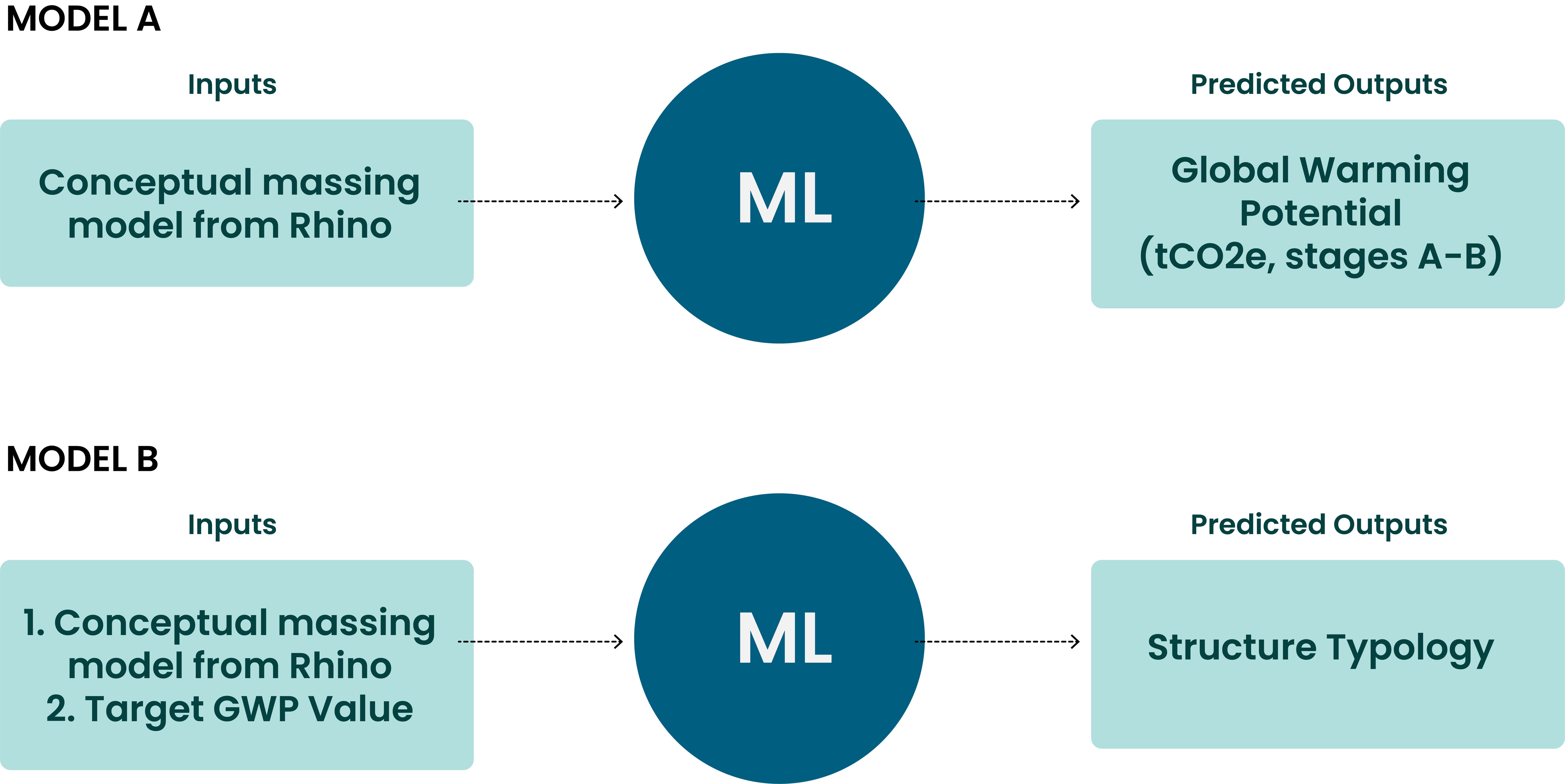

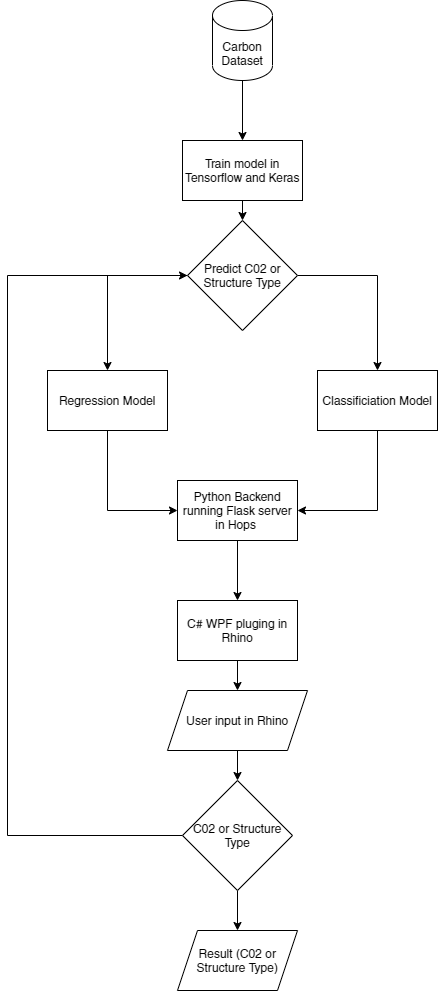


Improve the Whole Building Life Cycle Impact significantly, with the structure being the maximum contributor

Enabling the roadmap to achieve ambitious certifications like LEED, DGNB, GreenStar etc. for materials & resouces
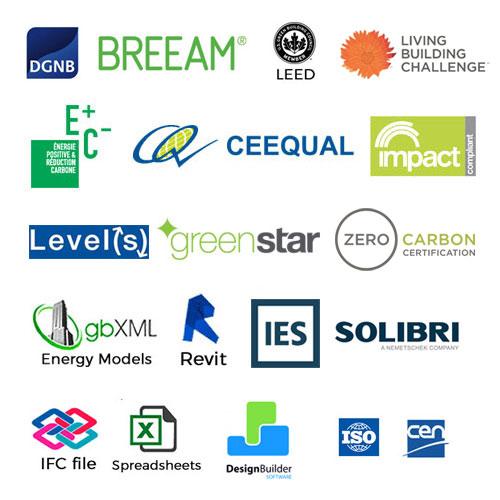
Prediction for stages beyond Cradle-to-Gate in the early stages of the project by Machine Learning
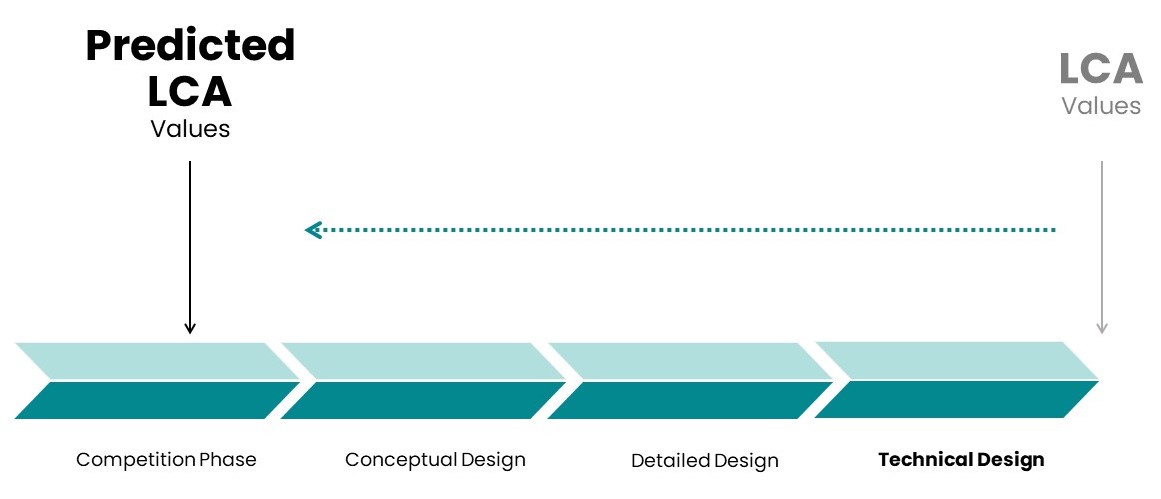
Possibility to create an office-specific dataset to adapt & document the office practice





